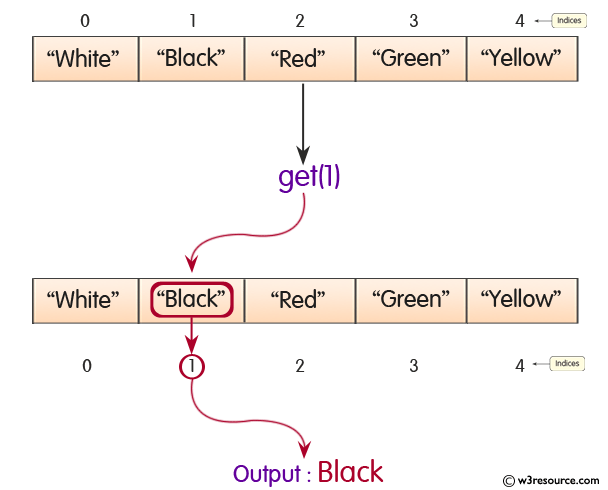

#Array to list java free
5 Free Courses to learn Java 8 and 9 ( courses).How to format/parse the date with LocalDateTime in Java 8? ( tutorial).Difference between abstract class and interface in Java 8? ( answer).How to convert List to Map in Java 8 ( solution).How to sort the may by values in Java 8? ( example).Java 8 Stream.findFirst() + filter() example ( see).How to use peek() method in Java 8 ( example).10 Free Courses for Experienced Java Programmers ( courses).

20 Examples of Date and Time in Java 8 ( tutorial).What is the double-colon operator of Java 8? ( tutorial).How to use Stream class in Java 8 ( tutorial).5 Books to Learn Java 8 from Scratch ( books).How to use filter() method in Java 8 ( tutorial).How to use forEach() method in Java 8 ( example).How to join String in Java 8 ( example).If you are interested in learning more about the new features of Java 8, here are my earlier articles covering some of the important concepts of Java 8: You can use this technique to convert any primitive array to ArrayList of respective wrapper class like you can convert a long to ArrayList, a float to ArrayList, a double to ArrayList, a char to ArrayList, a short to ArrayList, and a byte to ArrayList in Java. That's all about how to convert an int to ArrayList in Java. See these Java Performance courses for more such tips. It's also a Java collection best practice to provide size while creating an instance of any Collection class like ArrayList. This involves a lot of array copy, which can slow down your application. If you remember, by default ArrayList initializes with 10 elements and then keeps resize when it is about to fill, I guess when the load factor grows up to 0.75 it resizes and doubles itself. This prevents ArrayList from being resizing multiple times. One slightly important thing to note is initializing ArrayList with the length of the array. Though, you can also use other ways to loop over an array, like by using for or while loop. When you add, Java uses autoboxing to convert an int value to an Integer object, so in the end, you have an ArrayList of Integer. We are iterating over ArrayList using enhanced for loop of Java 5 and adding each int value from array to ArrayList.
#Array to list java code
The code is pretty simple and self-explanatory. out.println( "ArrayList : " + listOfInts) out.println( "primitive int array: " + Arrays.toString(primes)) ĪrrayList listOfInts = new ArrayList(primes.length) If you want ArrayList instead of List then you can pass a Supplier to Collectors, which will accumulate elements into an ArrayList as shown below: you can use the collect() method of the stream with Collectors.toList() to get a list. After that you can just convert Stream to List as shown in that article i.e. Once you get the Stream of int values, you can use the boxed() method to convert it to Stream of Integer wrapper objects. There are specialized stream implementations for primitive data types like IntStream for primitive int, LongStream for primitive long, and DoubleStream for primitive double, which can convert an array of primitive values to a stream of primitive values. Though from Java 8 onwards, you can use the to convert an int to ArrayList. byte, short, char, int, long, float, and double to ArrayList of Byte, Character, Short, Integer, Long, Float, and Double wrapper classes. In fact, there was no shortcut to convert an int to ArrayList or long to ArrayList till Java 8.įrom JDK 8 onwards, you either had to make a utility method or need to use general-purpose Java libraries like Google Guava or Apache Commons to convert an array of primitive values. The Arrays.asList() method does not deal with boxing and it will just create a List which is not what you want. Even though, Arrays.asList() is the go-to method to convert an Array to ArrayList in Java when it comes to converting a primitive array to ArrayList, this method is not useful. I once asked this question to one of the Java developers during an Interview and like many others, he answered that Arrays.asList() can convert an array of primitive integer values to ArrayList in Java, which was actually wrong.


 0 kommentar(er)
0 kommentar(er)
